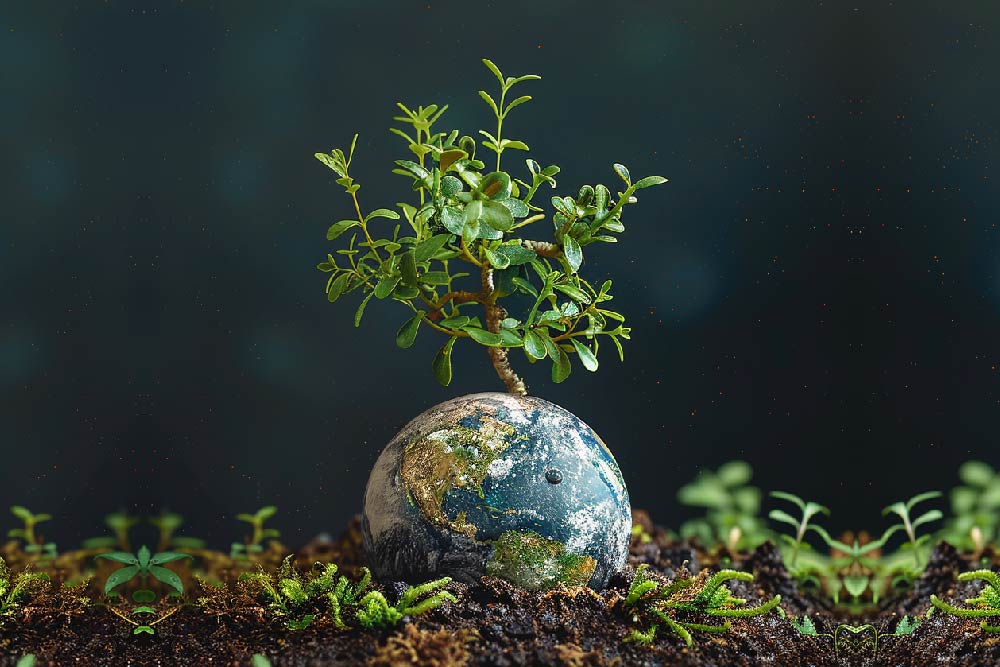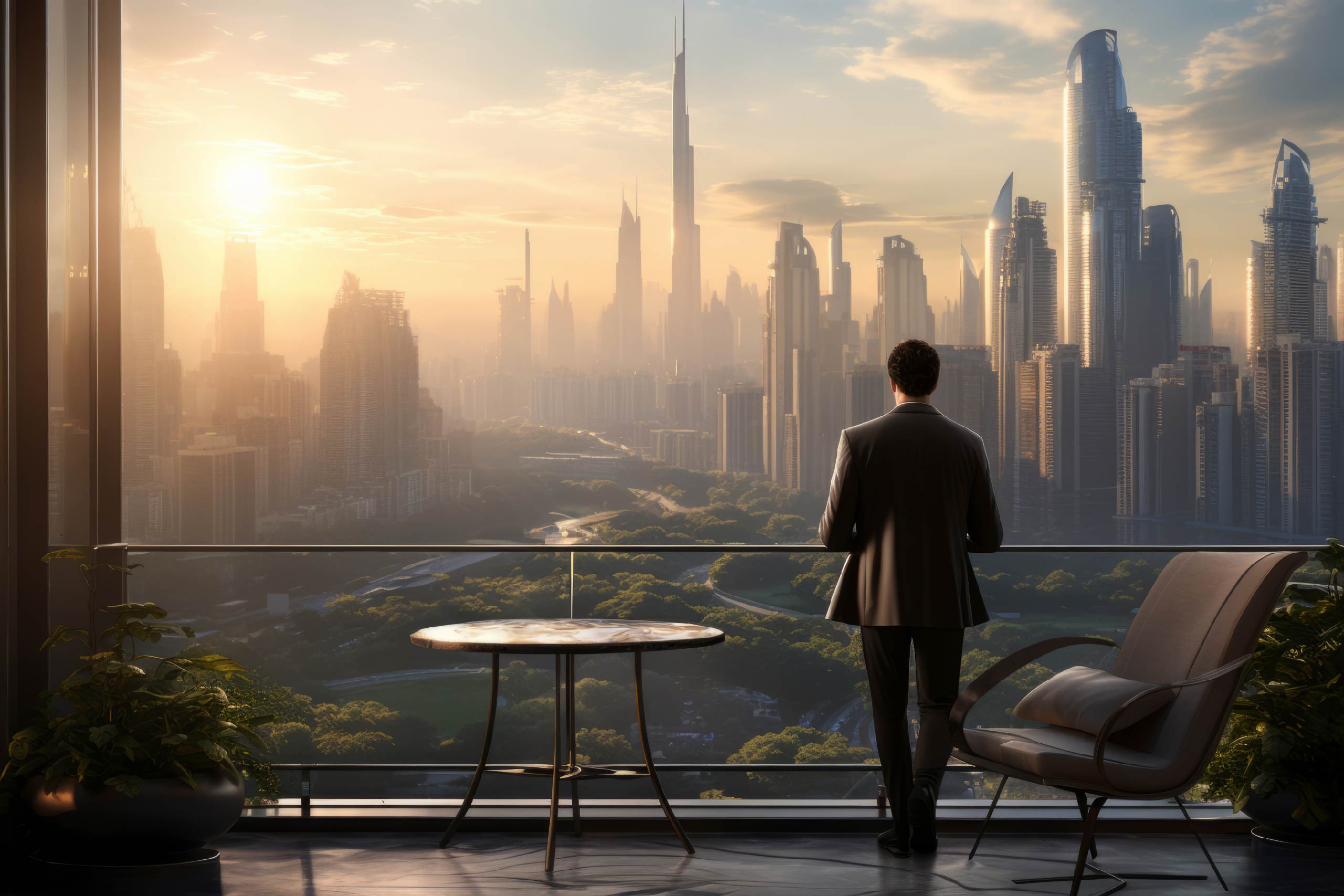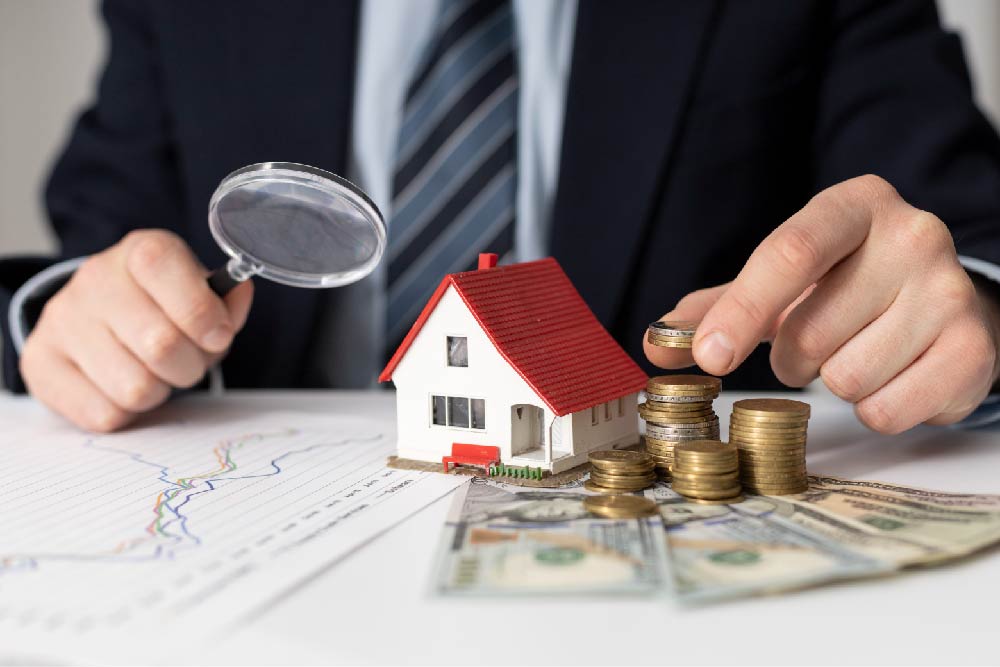
As climate pressures intensify and capital becomes more discerning, the real estate sector stands at a pivotal moment. No longer are sustainability credentials a value-add—they are fast becoming core to asset valuation, tenant attraction, and long-term resilience.
This World Environment Day, the spotlight is on real estate’s role in delivering decarbonization at scale. According to the International Energy Agency’s 2024 Global Buildings Tracker, buildings now account for 37% of energy- and process-related CO₂ emissions worldwide. In India, where urbanization is accelerating, this figure underscores a critical truth: real estate can either amplify the climate crisis or actively mitigate it.
A shift is underway. What was once an ESG narrative led by compliance is now an investment imperative. The World Green Building Council’s 2024 Global Trends report reveals that green-certified buildings reduce operating costs by up to 14%, with rental premiums of 6–10% in Indian metros. Institutional investors are taking note. CBRE India’s 2024 Green Real Estate Outlook reports that 72% of investors now factor ESG ratings into acquisition strategies, and 63% of occupiers require green certifications for office space selection.
In Pune, one of India’s fastest-growing real estate markets, this transition is visible across asset classes. Premium residential projects like YOO Pune and YOO Villas, developed in collaboration with global design house YOO, have integrated sustainability into their architectural language. From passive solar design and energy-efficient systems to a 5-acre rainforest and rainwater harvesting, these developments aren’t just aesthetic statements—they’re engineered for performance.
On the commercial front, buildings like EON IT Park, World Trade Center Pune, and Amanora Chambers have embraced LEED and IGBC ratings, focusing on air quality, daylight access, and reduced water usage. This isn’t just about being green—it’s about future-proofing assets for institutional-grade returns.
Even in new commercial development, the sustainability playbook is being executed with intent. Upcoming Grade-A developments, including Omicron Business Landmarks Kharadi NX, are integrating features like high-efficiency HVAC systems, daylight-responsive lighting, and climate-conscious landscaping. These aren’t superficial add-ons—they’re fundamental to asset longevity and lifecycle value.
What’s also changing is the role of landscape. No longer ornamental, green spaces are being engineered for thermal comfort, carbon sequestration, and even stormwater management. Think shaded public courts, rooftop rain gardens, vertical green walls—solutions that serve both people and planet, while also reducing long-term energy intensity.
The financial rationale for all this is clear. According to Knight Frank India’s 2024 ESG Report, commercial green buildings in India experience lower vacancy risks and up to 7% higher yields than non-certified assets. With REITs and institutional funds allocating more capital toward ESG-aligned portfolios, green buildings are quickly becoming the safer, smarter bet.
At the intersection of real estate and climate action, sustainability is now a proxy for value. It de-risks assets, meets rising regulatory standards, and aligns with stakeholder expectations—from tenants and investors to city planners and financiers.
As the built environment redefines its role in climate strategy, developers who integrate sustainability from day one aren’t just responding to a trend—they’re shaping the blueprint for future cities.




